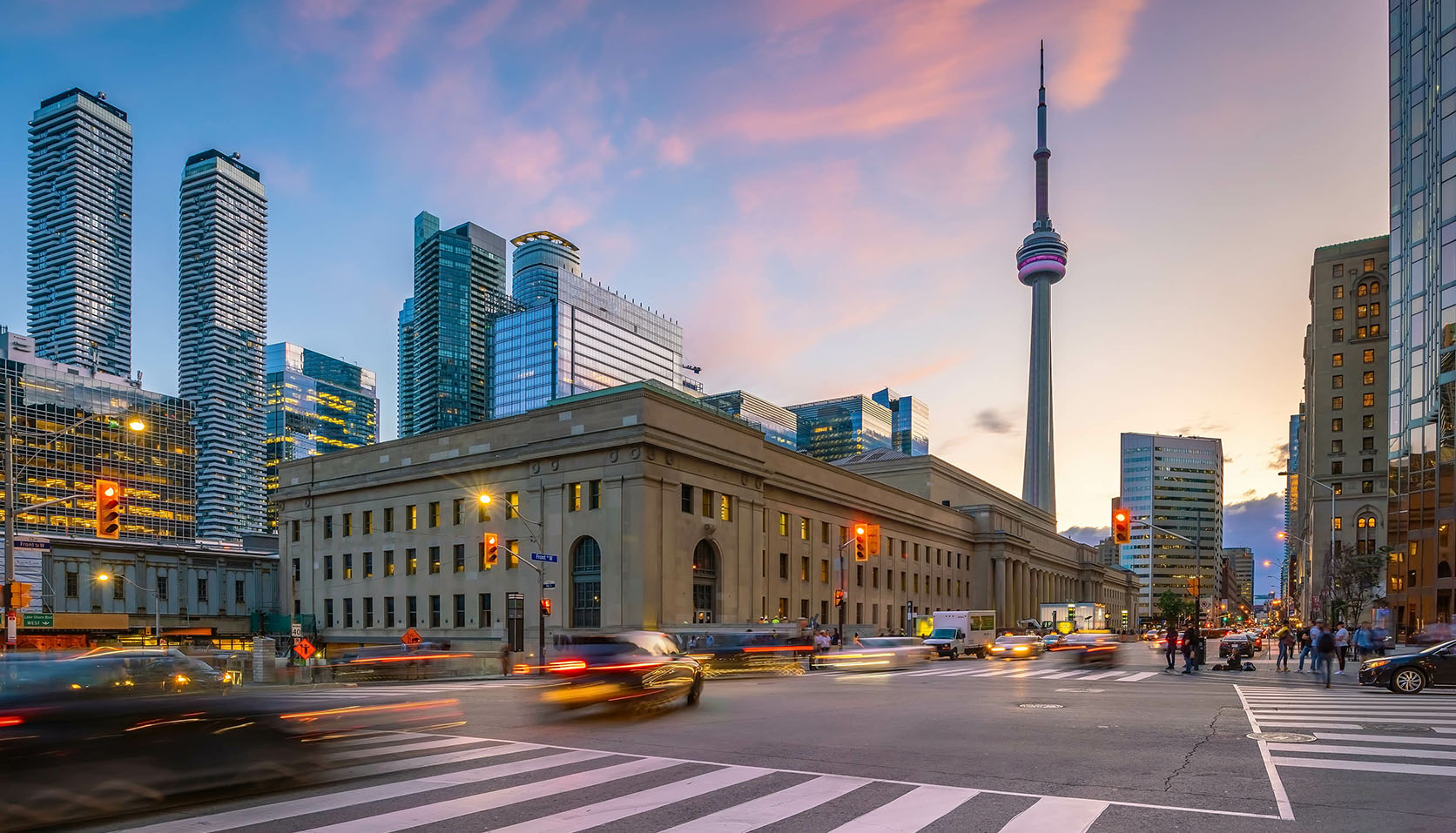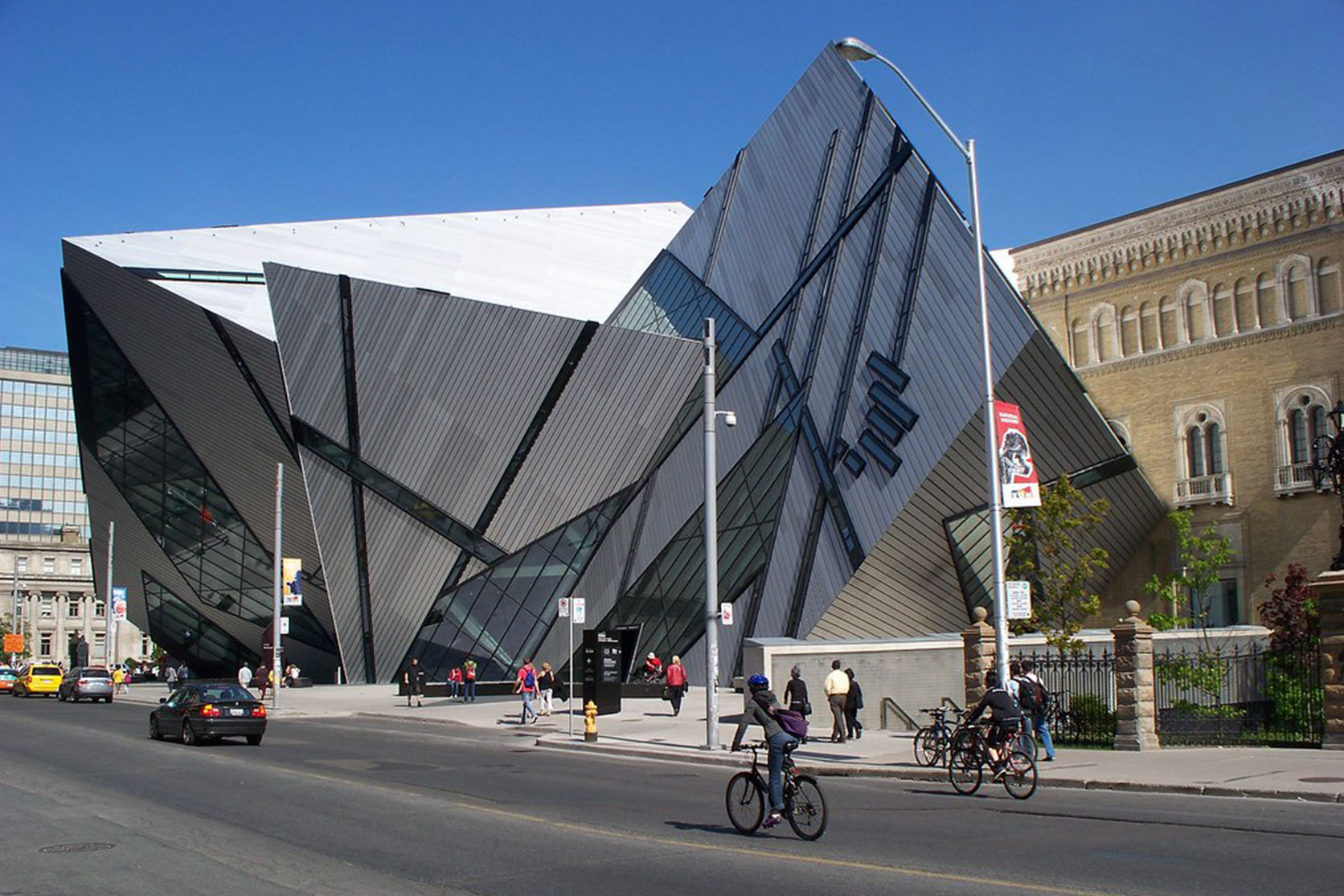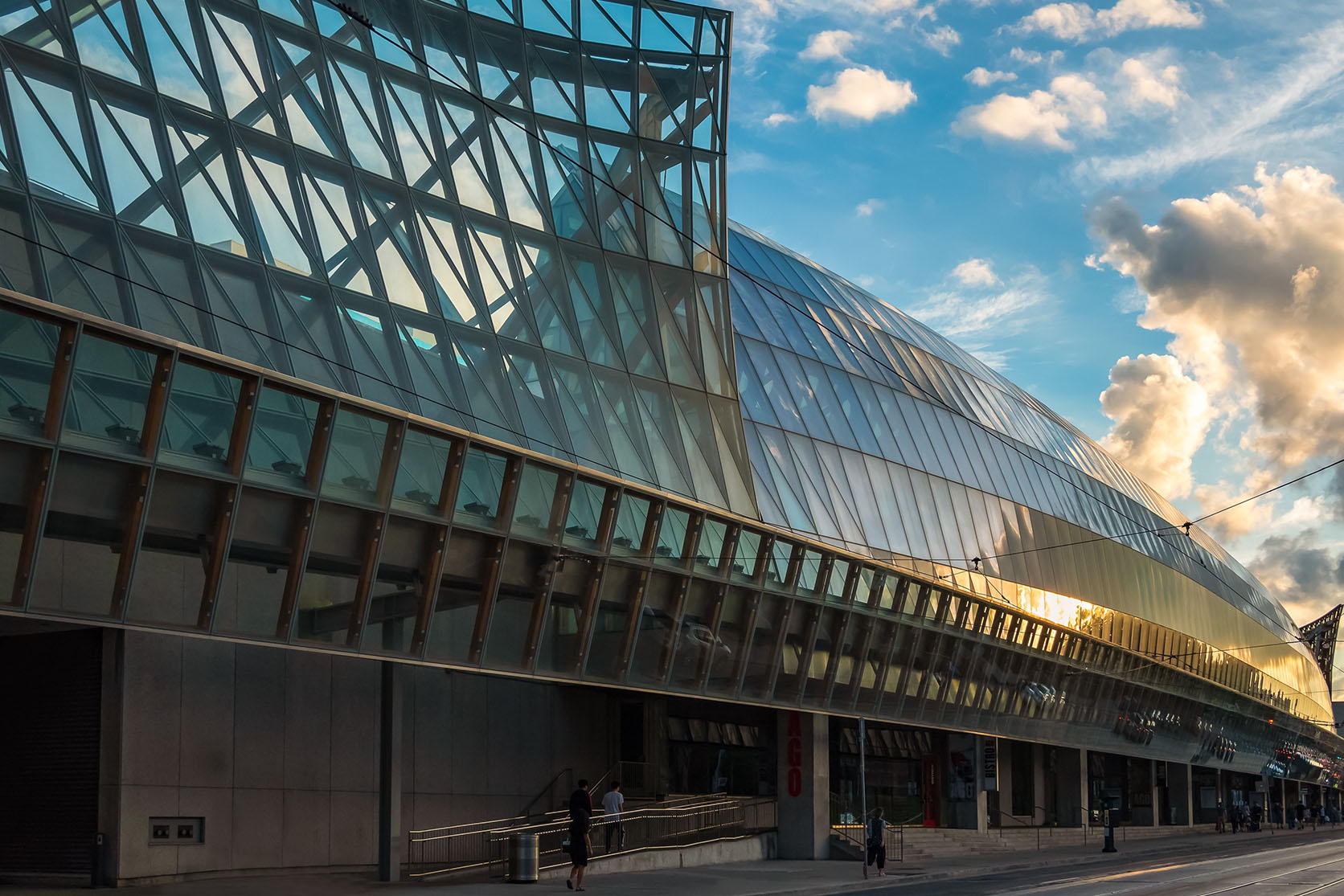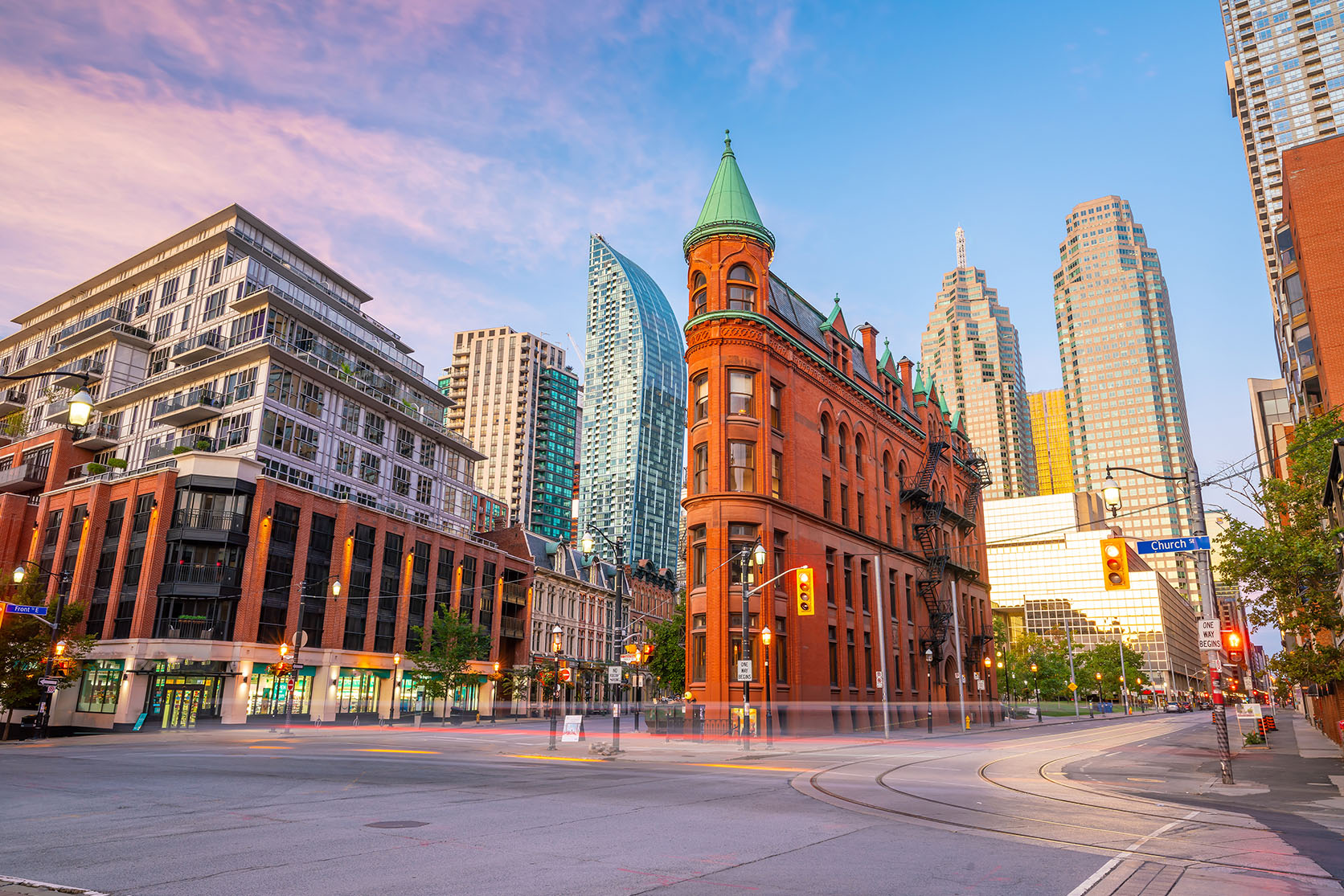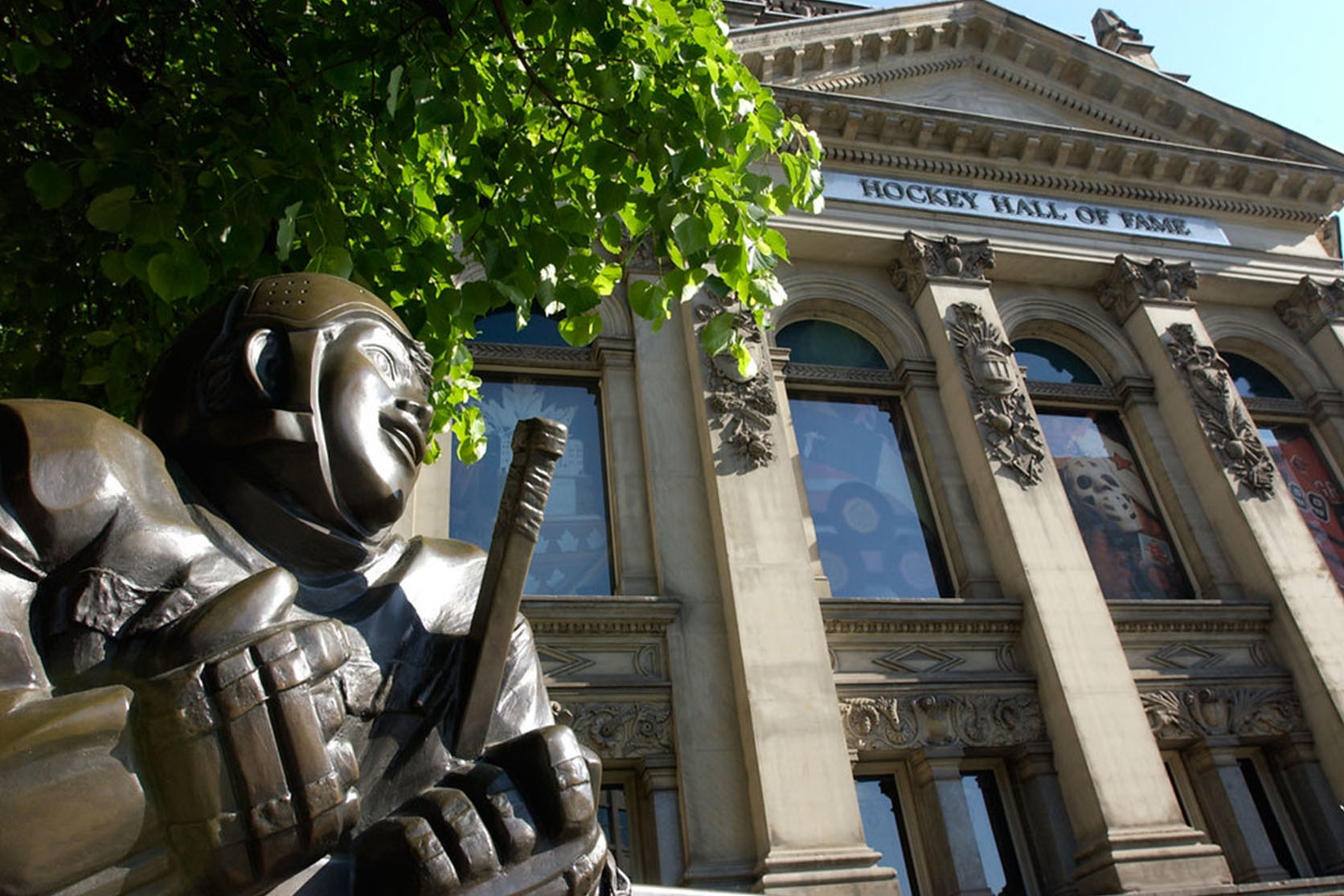Toronto, the vibrant metropolis nestled along the shores of Lake Ontario, is not only Canada’s largest city but also a treasure trove of architectural wonders. Its skyline is a testament to the city’s rich history, diverse culture, and relentless pursuit of innovation. From towering skyscrapers to historic landmarks, Toronto’s architectural landscape is a sight to behold. Here are five buildings that stand out as iconic symbols of the city’s identity.
CN Tower
Dominating the skyline since its completion in 1976, the CN Tower is arguably Toronto’s most iconic landmark. Standing at a staggering height of 553 meters, it held the title of the world’s tallest free-standing structure for over three decades. The tower’s futuristic design, with its distinctive concrete core and steel antenna, is a marvel of engineering. Visitors can ascend to the observation deck and enjoy panoramic views of the city and beyond. Lit up at night, the CN Tower becomes a beacon, casting its glow across the Toronto skyline.

